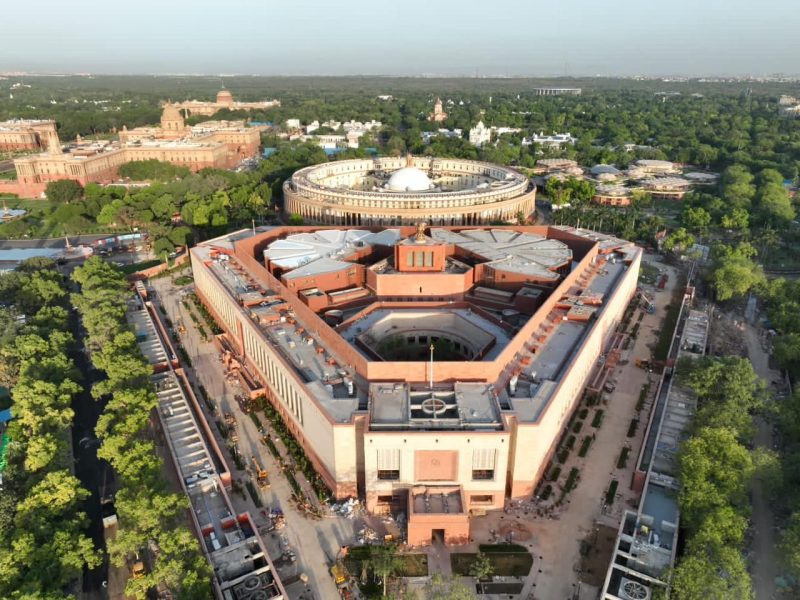
IMAGES: Swanky new Parliament building set for grand Sunday inauguration

The new Parliament building is all set to be inaugurated on Sunday (May 28) amid a boycott by 20 Opposition parties.
Prime Minister Narendra Modi will inaugurate the building despite vehement protests by the Opposition that President Droupadi Murmu, as head of the state, ought to do the honours.
On Friday (May 26), Modi said the new Parliament building will make every Indian proud and shared a video of the new complex that is equipped with state-of-the-art technology.
On Saturday (May 27), Home Minister Amit Shah shared a series of pictures on Twitter.
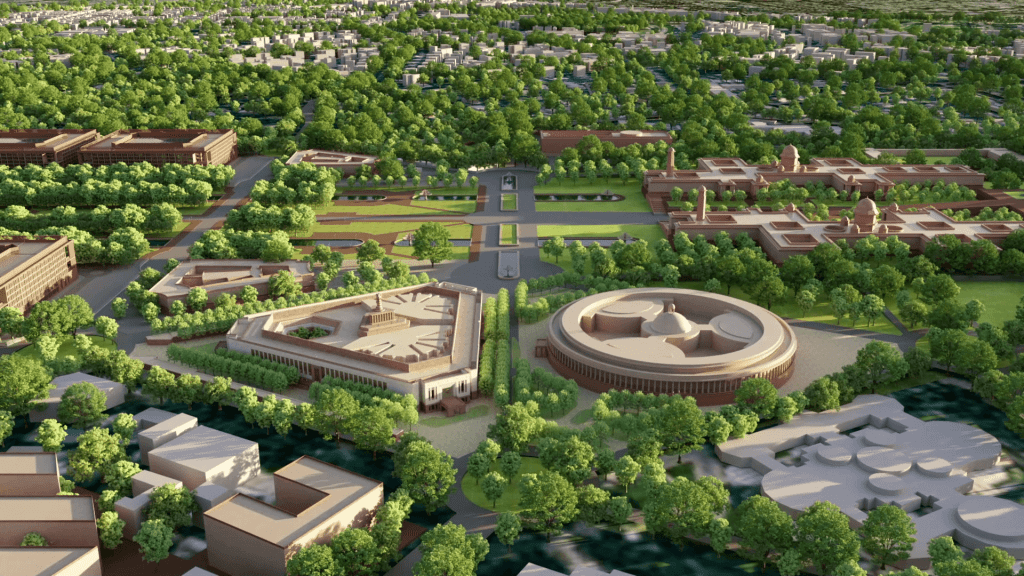
Commemorative coin
To mark the event, the government will issue a commemorative 75-rupee coin. According to a gazette notification by Department of Economic Affairs under the finance ministry, the weight of this coin could be 34.65–35.35 grams.
One side of the coin will bear the image of the Lion Capital of Ashoka Pillar in the centre, flanked by the word Bharat in Devnagari script and INDIA in English, it said. The rupee symbol and denominational value 75 in international numerals will also be inscribed below the Lion Capital.
The other side of the coin shall bear the image of the Parliament Complex and the year 2023 in international numerals below the image.
The new Parliament building will make every Indian proud. This video offers a glimpse of this iconic building. I have a special request- share this video with your own voice-over, which conveys your thoughts. I will re-Tweet some of them. Don’t forget to use #MyParliamentMyPride. pic.twitter.com/yEt4F38e8E
— Narendra Modi (@narendramodi) May 26, 2023
About the structure
The new Parliament building, constructed by Tata Projects Ltd, will have a grand constitution hall to showcase India’s democratic heritage, a lounge for MPs, a library, multiple committee rooms, dining areas and ample parking space.
The triangular-shaped four-storey building has a built-up area of 64,500 square metres.
The building has three main gates — Gyan Dwar, Shakti Dwar, and Karma Dwar. It will have separate entrances for VIPs, MPs, and visitors.
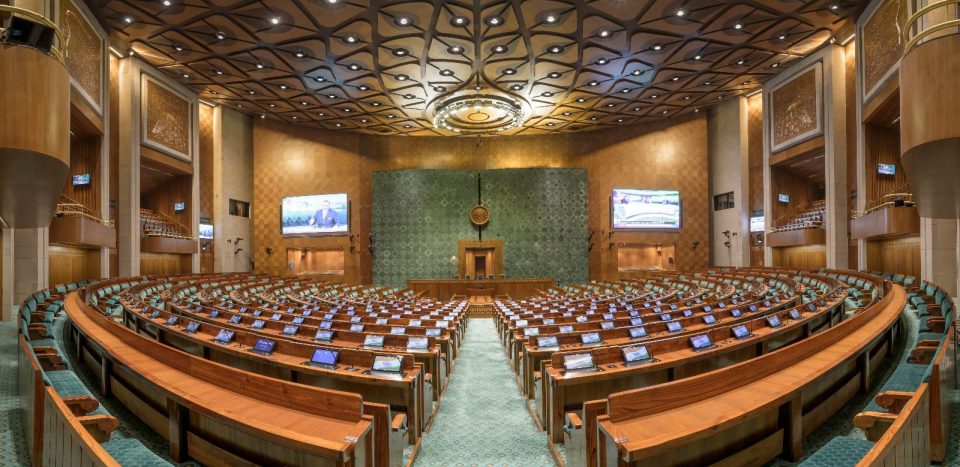
With carpets from Uttar Pradesh’s Mirzapur, bamboo flooring from Tripura, and stone carvings from Rajasthan, the new Parliament building reflects India’s diverse culture.
The material used for the new building has been acquired from various parts of the country.
The teakwood used in the building was sourced from Nagpur in Maharashtra, while the red-and-white sandstone was procured from Sarmathura in Rajasthan. The sandstone for Red Fort and Humayun’s Tomb in Delhi was also known to have been sourced from Sarmathura.
The Kesharia green stone has been procured from Udaipur, the red granite from Lakha near Ajmer, and the white marble has been sourced from Ambaji in Rajasthan.
“In a way, the entire country came together to construct the temple of democracy, thus reflecting the true spirit of Ek Bharat Shreshtha Bharat,” an official said.
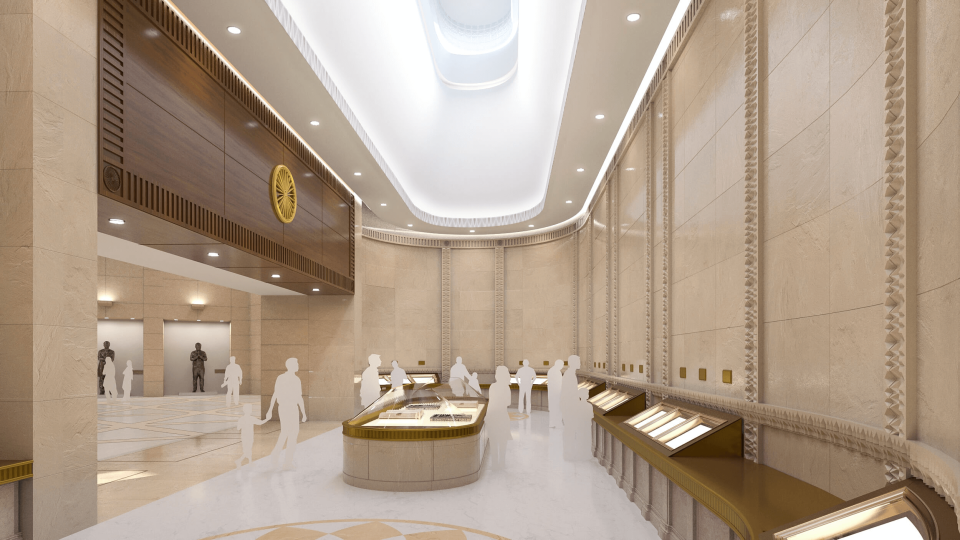
The steel structure for the false ceilings in the Lok Sabha and the Rajya Sabha chambers have been sourced from the Union Territory of Daman and Diu, while the furniture in the new building was crafted in Mumbai.
The stone lattice works dotting the building were sourced from Rajnagar in Rajasthan and Noida in Uttar Pradesh.
The materials for the Ashoka Emblem were sourced from Aurangabad in Maharashtra and Jaipur in Rajasthan, while the Ashok Chakra donning the massive walls of the Lok Sabha and the Rajya Sabha chambers and the exteriors of the parliament building were procured from Indore in Madhya Pradesh.
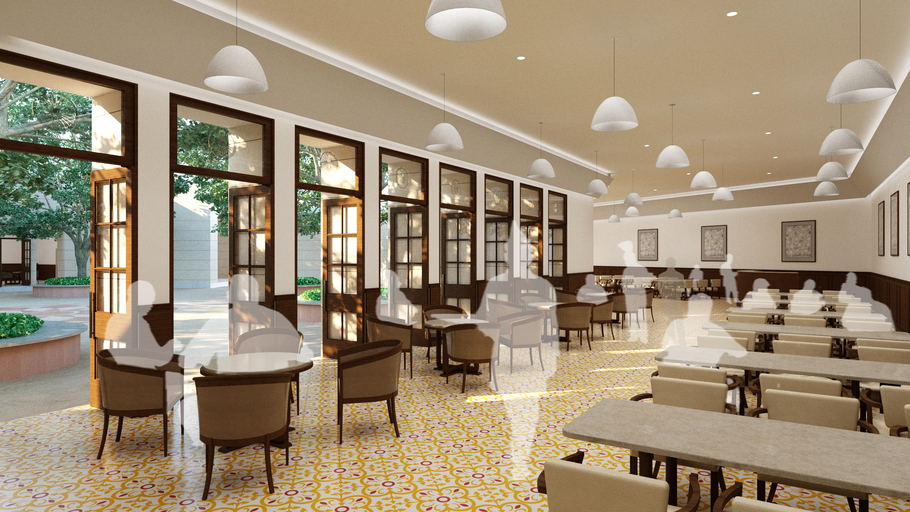
The new parliament building used manufactured sand or M-sand from Charkhi Dadri in Haryana for creating a concrete mix for construction activities. M-Sand is considered environment-friendly, as it is manufactured by crushing large hard stones or granite and not by dredging of river beds.
The fly ash bricks used in the construction were sourced from Haryana and Uttar Pradesh, while brass works and pre-cast trenches were from Ahmedabad in Gujarat.
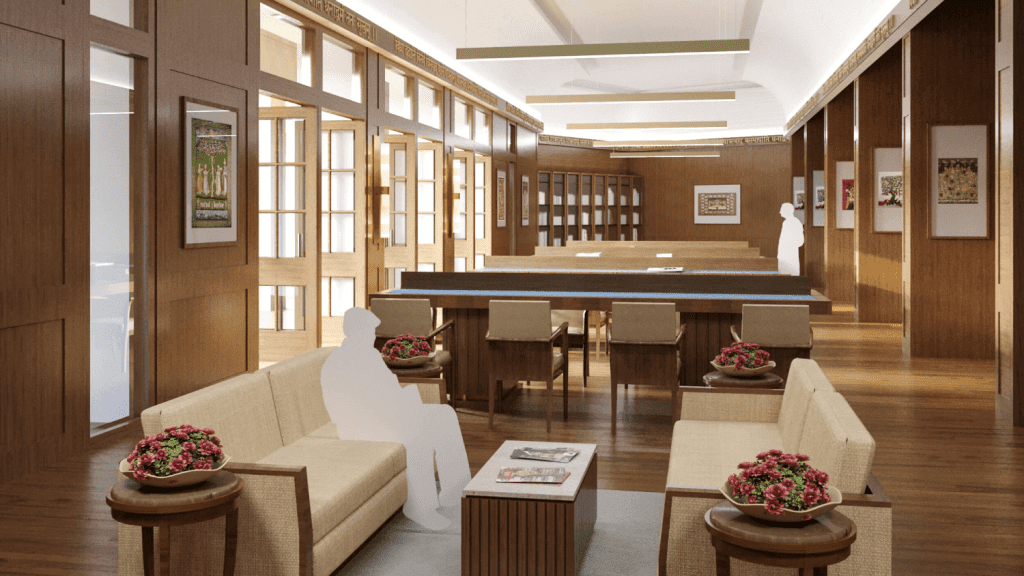
The row over Sengol
Sengol, a historical sceptre from Tamil Nadu which was kept in a museum in Allahabad so far, will also be installed in the new Parliament building. It will be placed near the chair of the Lok Sabha Speaker in the House chamber.
However, while the BJP government has claimed that first Prime Minister Jawaharlal Nehru received the sceptre to represent transfer of power from the British, the Congress has rubbished the claim.
Watch: New Parliament building & Legend of Sengol
Party leader Jairam Ramesh on Friday said there was no documented evidence of Lord Mountbatten, C Rajagopalachari, and Nehru describing the Sengol as a symbol of transfer of power by the British to India.
The Congress stand on the Sengol has evoked a strong reaction from Shah, who said the party needs to “reflect” on its behaviour, as he denounced Ramesh’s claim.
Need for a new parliament building
The new Parliament building can comfortably seat 888 members in the Lok Sabha chamber and 300 in the Rajya Sabha chamber. In the case of a joint sitting of both Houses, 1,280 members can be accommodated in the Lok Sabha chamber.
The prime minister had laid the foundation stone of the new parliament building on December 10, 2020. Lok Sabha and Rajya Sabha had passed resolutions urging the government to construct a new Parliament building.
The present Parliament building was completed in 1927, and is now 96 years old. Originally called the Council House, the building housed the Imperial Legislative Council. It served as independent India’s first Parliament and witnessed the adoption of the Constitution.
But over the years, it was found to be inadequate for present-day requirements. The Parliament building witnessed the addition of two floors in 1956 to address the demand for more space.
Also read: No need for new Parliament building: Nitish
In 2006, the Parliament Museum was added to showcase 2,500 years of rich democratic heritage of India.
Officials said the old building was never designed to accommodate a bicameral legislature and the seating arrangements were cramped and cumbersome, with no desks beyond the second row.
The Central Hall has a seating capacity for only 440 people, and the need for more space was acutely felt during joint sittings of both the houses.
(With agency inputs)

